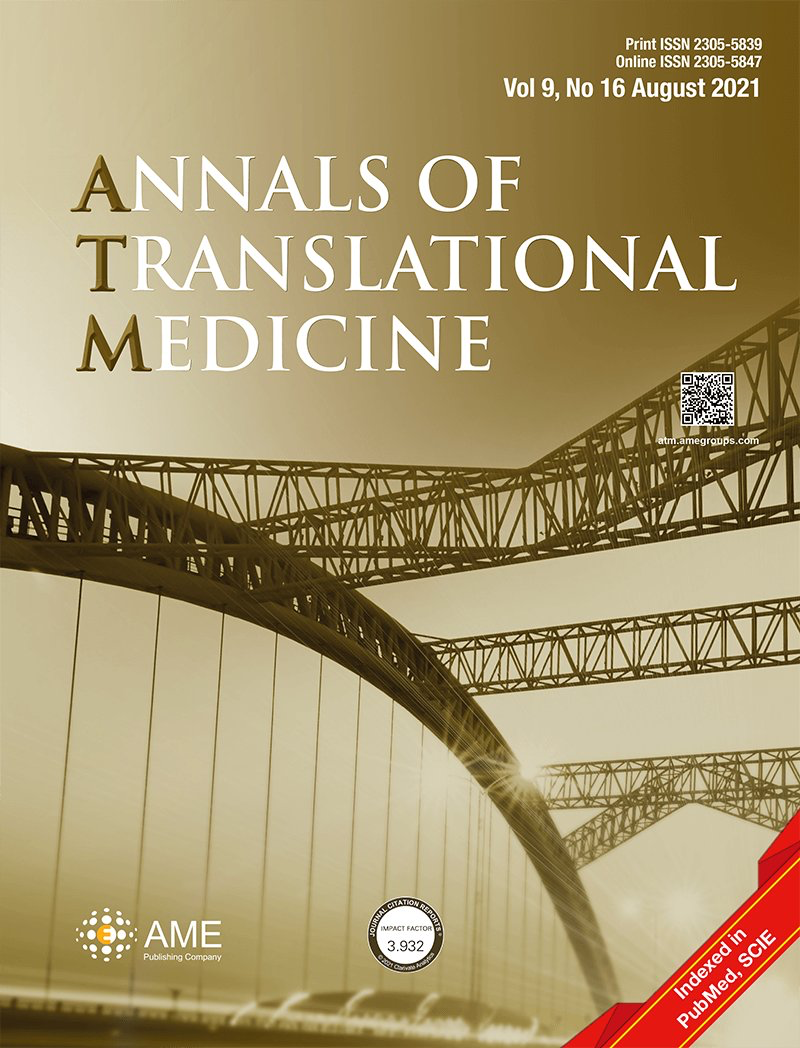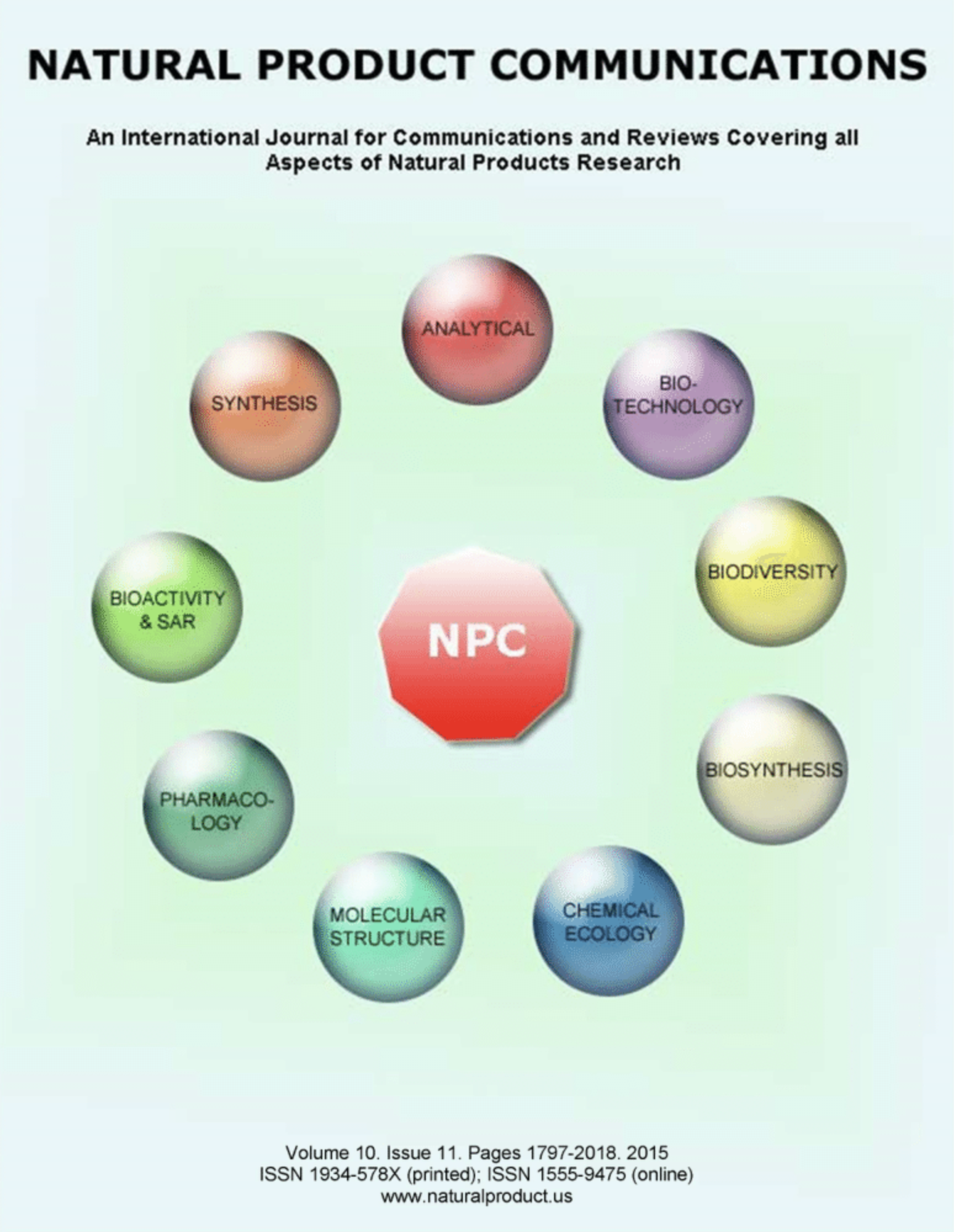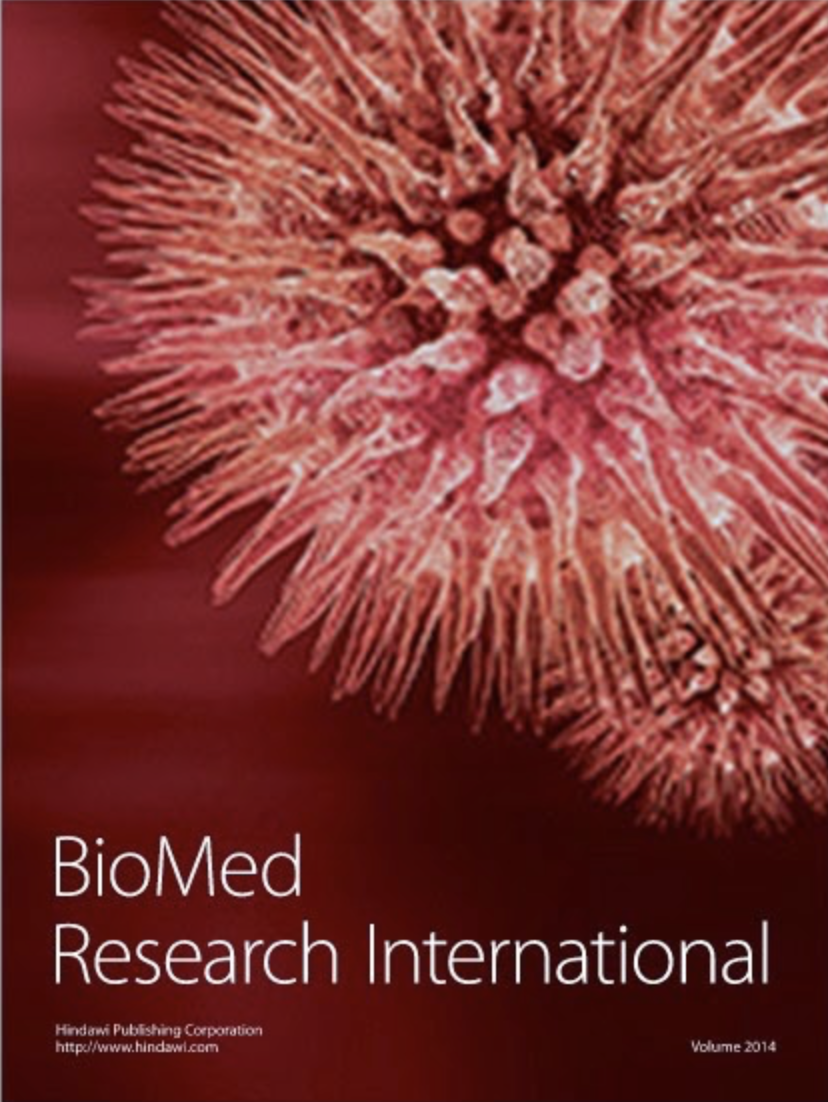Kaempferol
How to submit an article:
- Registered users can submit any published journal article that has a unique DOI (Digital Object Identifier) name or link to Research Hub.
- For example, you can paste the full DOI link:
https://doi.org/10.1109/5.771073or just the DOI name:10.1109/5.771073into the field above and click submit. - The person who is first to submit a valid article to Research Hub will forever be credited for it, and every article submission earns you +6 Research Points.
Published research studies are articles that present the findings of original research that has undergone a peer-review process and has been made publicly available in scholarly journals, books or other media.

Mechanism and ingredients prediction of Radix Salviae-Angelicae Sinensis Radix-Lycii Fructus-Rehmanniae Radix Praeparata-Ginkgo Folium for retinitis pigmentosa therapy using network pharmacology and molecular docking analysis
2023 Oct Annals of Translational Medicine Wu J, Sun Z, Zhang D, Liu H, Wu J, Zhang S
Network Pharmacology Shu Di Huang Goji Berry Retinitis PigmentosaThe research unveils luteolin, quercetin, and kaempferol in RALRG as promising complementary components for RP treatment, with a key role in managing oxidative stress and PI3K/AKT signaling pathways.

Identification of Taohong Siwu Decoction in Treating Chronic Glomerulonephritis Using Network Pharmacology and Molecular Docking
2022 Nov Natural Product Communications Du G, Qu X, Hu J, Zhang Y, Cai Y
The molecular mechanism of Taohong Siwu Decoction (THSWD) in the treatment of chronic glomerulonephritis (CGN) from the perspective of network pharmacology are components such as beta-sitosterol, kaempferol, and quercetin and key action targets such as TNF, IL-6, AKT1 protein kinase, and MAPK14 protein kinase play a synergistic role in autoimmune, infection, and inflammatory response-related pathways.
Network Pharmacology Chronic Glomerulonephritis
Potential Molecular Mechanisms of Ephedra Herb in the Treatment of Nephrotic Syndrome Based on Network Pharmacology and Molecular Docking
2022 Jul 05 BioMed Research International Yao T, Wang Q, Han S, Lu Y, Xu Y, Wang Y
The study identified 22 main active ingredients in EH, such as quercetin, kaempferol, luteolin, and naringenin, targeting 105 NS-related genes. The PPI network revealed 53 core targets, including AKT1, TNF, IL6, VEGFA, and IL1B, crucial in NS treatment. Enrichment analysis highlighted pathways like PI3K-Akt signaling, TNF signaling, and AGE-RAGE signaling. Molecular docking confirmed good binding between active ingredients (kaempferol, luteolin, quercetin, naringenin) and target proteins (AKT1, TNF), suggesting potential mechanisms for EH in NS treatment.
Network Pharmacology Ma Huang Nephrotic Syndrome
Study the Mechanism of Gualou Niubang Decoction in Treating Plasma Cell Mastitis Based on Network Pharmacology and Molecular Docking
2022 Jun 15 BioMed Research International Wu Z, Yang Q, Ma H
The study identified 164 ingredients and 58 intersection targets in GLNBD's treatment of PCM. Four key active compounds (quercetin, luteolin, fisetin, kaempferol) and four key proteins (ALB, EGFR, IL-6, VEGFA) were identified. Enrichment analysis revealed associations with negative regulation of apoptosis, response to hypoxia, positive regulation of transcription, and DNA-templated, with related pathways involving the pathway in cancer, phosphatidylinositol 3-kinase (PI3K) Akt signaling pathway, and AGE-RAGE signaling pathway in diabetic complications. Molecular docking validated stable binding activities between key target genes and essential active compounds, suggesting their potential role in modulating relevant pathways.
Network Pharmacology Gua Lou Niu Bang Decoction
Multiple Mechanisms of Shenqi Pill in Treating Nonalcoholic Fatty Liver Disease Based on Network Pharmacology and Molecular Docking
2022 Jun 26 Evidence-Based Complementary and Alternative Medicine Tong X, Xu S, Zhai D
The study identified 15 anti-NAFLD bioactive ingredients in SQP, including quercetin, kaempferol, stigmasterol, diosgenin, and tetrahydroalstonine. Key target proteins against NAFLD were AKT1, TNF, MAPK8, IL-6, and VEGFA. The main pathways involved PI3K/Akt signaling, HIF-1 signaling, MAPK signaling, and TNF signaling. Molecular docking predicted binding of quercetin, kaempferol, stigmasterol, diosgenin, and tetrahydroalstonine with AKT1, TNF, and MAPK8, suggesting their potential role in SQP's anti-NAFLD effects.
Network Pharmacology Shen Qi WanResearch insights are moderated by the Research Hub team and offer an at-a-glance overview of interesting research findings.

2023 Annals of Translational Medicine
The research unveils luteolin, quercetin, and kaempferol in RALRG as promising complementary components for RP treatment, with a key role in managing oxidative stress and PI3K/AKT signaling pathways.
Network Pharmacology Goji Berry Retinitis Pigmentosa Shu Di Huang
Mechanism and ingredients prediction of Radix Salviae-Angelicae Sinensis Radix-Lycii Fructus-Rehmanniae Radix Praeparata-Ginkgo Folium for retinitis pigmentosa therapy using network pharmacology and molecular docking analysis
Wu J, Sun Z, Zhang D, Liu H, Wu J, Zhang S
Review Articles
Review articles summarise and critically evaluate the current state of research on a specific topic or field by synthesising multiple primary research studies.
Clinical Trials
Clinical trials are research studies that involve people and are conducted to evaluate the safety and efficacy of new treatments or interventions, such as drugs, medical devices, or behavioural therapies.
Study Protocols
Published study protocols are detailed plans that outline the objectives, methodology, statistical analyses, and organisation of a research study that have been made publicly available for others to review and use as a reference.
Presentation Slides

Network Pharmacology
The research unveils luteolin, quercetin, and kaempferol in RALRG as promising complementary components for RP treatment, with a key role in managing oxidative stress and PI3K/AKT signaling pathways.
Wu J, Sun Z, Zhang D, Liu H, Wu J, Zhang S
Executive Summary
Write an executive summary in the form of a blog article on the topic of "Research into Chinese medicine treatment for Kaempferol" summarising the research below and using language that can be easily understood by patients and avoiding medical jargon using a professional and caring tone of voice.
Write an executive summary in the form of a blog article on the topic of "Researched Chinese medicine treatments for Kaempferol" summarising the research below in an objective and easy to understand way, and using language that can be easily understood by patients. Group the article into Chinese medicine treatments first, followed by nutrition and other treatments. Avoid using medical jargon and use a professional and caring tone of voice.
Write me a concise but easy to understand executive summary on the topic of "Chinese medicine treatments for Kaempferol" based on the following research that I will give you. Your summary should be 2 paragraphs long in Australian English spelling and include references to the studies.
A Network Pharmacology published in 2023 in the journal Annals of Translational Medicine found that The research unveils luteolin, quercetin, and kaempferol in RALRG as promising complementary components for RP treatment, with a key role in managing oxidative stress and PI3K/AKT signaling pathways. The research used various databases such as Traditional Chinese Medicine Systems Pharmacology Database and Analysis Platform, GeneCards, and the Online Mendelian Inheritance in Man database to gather the ingredients of RALRG and potential targets of RP and RALRG. A protein-protein interaction network was constructed to visualize these interactions. The R program was utilized to perform functional enrichment. The researchers constructed a visual RALRG-RP-pathway pharmacology network using Cytoscape 3.9.1 and applied molecular docking to compute binding affinity. The research revealed a total of 132 effective active elements in RALRG correlating to 248 target genes. Ninety-two intersection target genes were discovered from the overlap of RP- and RALRG-related genes. These intersection targets were discovered to be primarily involved in oxidative stress, responding to metal ions, and handling chemical stress. Several molecular pathways such as PI3K-AKT and MAPK were identified as closely connected to RP therapy. A potential pharmacology network was designed for the RALRG-RP-pathway with AKT1 and JUN being considered the main targets. The active ingredients luteolin, quercetin, and kaempferol were highlighted as crucial for this mechanism. RALRG overall was established as a main regulator for oxidative stress and PI3K/AKT signaling pathways in the treatment of RP.
Moderation Tools
Topic
Sign In
Users not signed in are limited to viewing the 5 most recent items of content.